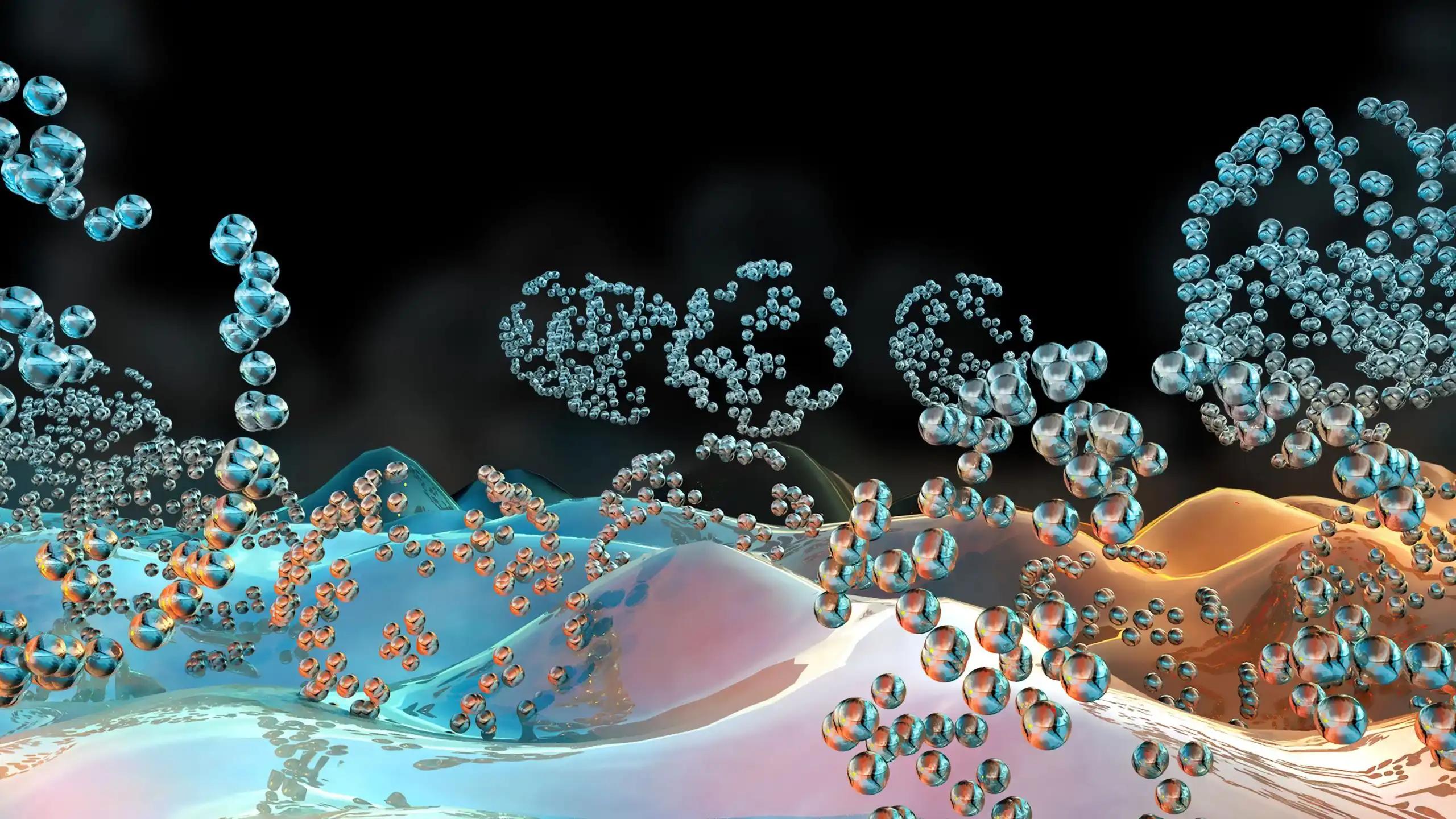KEY TAKEAWAYS
- The phase I/II trial aimed to evaluate liso-cel in R/R CLL/SLL post-BTKi and venetoclax, lacking an established SOC, with poor outcomes.
- The primary endpoint was CR.
- Results demonstrated liso-cel’s sustained durable responses, high uMRD rates, and manageable safety profile in heavily pretreated R/R CLL/SLL.
Nirav N. Shah and the team conducted a study to present findings from a phase 1/2 clinical trial. The trial focuses on relapsed/refractory (R/R) chronic lymphocytic leukemia/small lymphocytic lymphoma (CLL/SLL) patients following treatment with Bruton tyrosine kinase inhibitors (BTKi) and venetoclax.
This study seeks to establish a standard of care(SOC) and evaluate outcomes in this challenging patient population.
Patients with R/R CLL/SLL and a history of receiving at least two prior lines of therapy, including treatment with a BTKi, were enrolled in the study. Liso-cel was given to these individuals at a target dose of either 100 × 106 (DL2) or 50 × 106 (DL1) CAR+ T cells.
The primary objective of the study was to assess complete response/remission (CR) rates, including CR with incomplete marrow recovery (CRi), as evaluated by an independent review committee (IRC) using the 2018 International Workshop on CLL (iwCLL) criteria. This assessment was conducted in a specified subgroup of patients considered efficacy-evaluable and had experienced disease progression after BTKi and venetoclax treatment failure, referred to as the primary efficacy analysis set (PEAS), specifically at DL2.
Among the 137 patients who underwent leukapheresis, 118 received Lisocabtagene Maraleucel (liso-cel) (safety set). Within this group, 97 individuals (9 at DL1; 88 at DL2) were considered efficacy evaluable, while 54 (4 at DL1; 50 at DL2) were included in the PEAS subset. The safety set’s median age was 65 years (range: 49–82), with 83% having high-risk cytogenetics. Each patient had previously undergone BTKi, with a median of 5 (2–14) therapy lines.
As of the data cutoff (February 28, 2023), the median on-study follow-up duration was 23.5 months (0.4–59.6). At 18 months, only 1 patient initially classified as having a partial response/remission (PR) best overall response (BOR) achieved deepening to CR/CRi without further medication.
Among the 9 patients initially categorized with BOR of CR/CRi, 8 maintained ongoing CR/CRi, and 1 completed the study with the last assessment indicating CR/CRi. Similar efficacy outcomes were observed in the full population at DL2. Specifically, of the 16 patients with BOR of CR/CRi at the primary analysis, 10 sustained ongoing CR/CRi. In the safety set, rates of any grade (gr) and gr ≥ 3 treatment-emergent adverse events (TEAEs) were consistent across different age groups.
The incidence of any-grade cytokine release syndrome (CRS) was 85% (grade 3, 8%; no grade 4/5), while neurological events (NE) occurred in 45% of cases (grade 3, 18%; grade 4, 1%; no grade 5). Among the affected patients, 69% received tocilizumab and/or corticosteroids to manage CRS/NEs.
The median time from onset to resolution was 4 days (range: 1–18) for CRS and 7 days (range: 1–21) for NEs. The median time to resolution was 6 days (range: 2–37) for CRS and 7 days (range: 1–83) for NEs. Prolonged cytopenia (grade ≥ 3 at Day 30 post-infusion), grade ≥ 3 infections, hypogammaglobulinemia, tumor lysis syndrome, second primary malignancy, and macrophage activation syndrome were observed in 54%, 18%, 15%, 11%, 9%, and 3% of cases, respectively.
Among the 118 liso-cel-treated patients, 44 (37%) died after infusion, with disease progression accounting for 26 (22%), adverse events for 6 (5%), and other reasons for 12 (10%).
The study concluded that with extended follow-up, liso-cel consistently showed sustained complete response/remission (CR/CRi), high rates of undetectable minimal residual disease (uMRD), and a manageable safety profile among patients with heavily treated, high-risk R/R CLL/SLL.
The safety outcomes over the longer observation period remained aligned with those reported in the primary analysis, indicating no emergence of new safety concerns. Furthermore, the safety profile remained consistent across different age groups.
The trial was sponsored by Juno Therapeutics, a Subsidiary of Celgene.
Source: https://tandem.confex.com/tandem/2024/meetingapp.cgi/Paper/23108
Clinical Trial: https://clinicaltrials.gov/study/NCT03331198
Shah, N. N., Siddiqi, T., Maloney, D. G., et al. (2024) ‘’Lisocabtagene Maraleucel (liso-cel) in Patients (Pt) With R/R CLL/SLL: 24-Mo Median Follow-up of TRANSCEND CLL 00.’’ Presented at TCT-ASTCT-CIBMTR 2024. (483).



